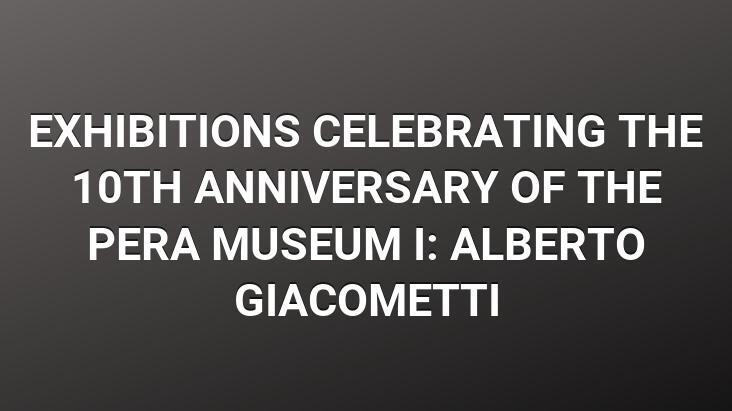On the evening of April 2, I attended the #bloggermeeting event of Pera Museum as the invitee of theMagger.com. Under the wonderful guidance of the Pera Museum team, we visited the Pera Museum’s exhibitions ‘Alberto Giacometti’, which will last until April 26, and ‘Life is Short, Art is Long – Art of Healing in Byzantium’. I could summarize these two exhibitions together within the scope of the event; but it seems to me that it would be a bit unfair in terms of explanation.. So I decided to start my two-part series that will include Pera’s current exhibitions with ‘Alberto Giacometti’.
Forest, 1950, Bronze , 56.99 x 60.98 x 47.30 cm
Actually, Alberto Giacometti is the artist’s first exhibition in Turkey, prepared with a retrospective approach.. In the exhibition, which was prepared with the contributions of the Giacometti Foundation in Paris and curated by the foundation’s director, Catherine Grenier, we meet with an unfinished piece of Giacometti’s youth work and recent works.. The exhibition begins with the artist’s first works between the ages of 7 and 13.. Continuing to work under the influence of the post-impressionism movement, the family modeled the first works of Giacometti, who followed in the footsteps of his father, at this early age.. This series of painting and sculpture works opens with a bust of the artist’s brother Diego.. In fact, this section consists of family portraits of Giacometti.. In addition to the sculpture, it is unbelievable that the portraits, which were influenced by the movements of Pointillism, Impressionism and Fauvism, which are my personal favorite movements, came out in their 20s.
Woman Reclining Dreaming, 1929
After the portraits, the artist started to take an interest in Cubism and Giacometti’s painting and sculpture works, which are the first works he produced in this movement, In a way, we are witnessing his own reality and trying to solve the art phenomenon in his mind.. With the abstract textures seen in some of the cubist-influenced works, even if we do not know the artist at all, a perception is formed that predicts what will come next.. Thus, thanks to the work we have seen so far, we are also prepared for the Surrealist perspective that Giacometti will adopt in his youth.
Maria, 1934
With the Swiss artist’s move to Paris in 1922, Post-Cubist and Surrealist works that show the role he played in the art scene of the period, which we can choose from his early years here, also started.. The works he produced between 1922 and 1935 are seen as the best examples of this period.. In this process, it is possible to see that Giacometti worked more boldly and abstractly instead of still life works in his early works.. The path he took by copying nature in his still life and portrait works merges and separates with his efforts to find himself and to discover his own reality.. After this time, we see that the artist focuses on Surrealist works with Post-Cubist influence, and the second part of the exhibition begins here.
The second part, mostly realized between 1950-1960. , deals with the works of maturity period in which the artist develops his perception of the world and reflects the reality as he sees, not as it is.. This is also a period in which he worked very heavily on the human figure.. Giacometti shows here that he is an artist who gives great importance to the facial lines of his models, both in painting and in sculpture.. In all his works covering this period, you can see the clear messages of the face and its surroundings.. In fact, in a way, he seems to find the universality he seeks in his art in the circles of his face.. The remaining parts are complementary to the face.
Caroline in the Red Dress, 1954-1955
By the way, I would like to mention. Contrary to our estimations, the fact that the tall and thin sculptures, which are the first figures that appear in our minds when we say Giacometti, were not carved but added on top of each other completely changes the perspective towards them.. The fact that the figures, which were revealed as a result of working with clay on iron constructions and pressing with fingers, were made by casting bronze into an inverted mold taken with plaster, has a process in really admirable details.
The best part of the Alberto Giacometti exhibition is being able to watch many art movements and approaches together in one place.. In addition to the works I mentioned above, the exhibition also includes the artist’s drawings depicting the streets of Paris, his cafes and his workshop, and a selection of photographs by prominent photographers of the period in which Giacometti was interpreted.. You can watch the exhibition, which will continue until April 26, 2015, at Pera Museum except Mondays.
Pera Museum Address: Meşrutiyet Caddesi, No : 65, Beyoğlu – Istanbul
Long Thin Head, 1954
Male Bust, 1965-1966 (Final Work)







